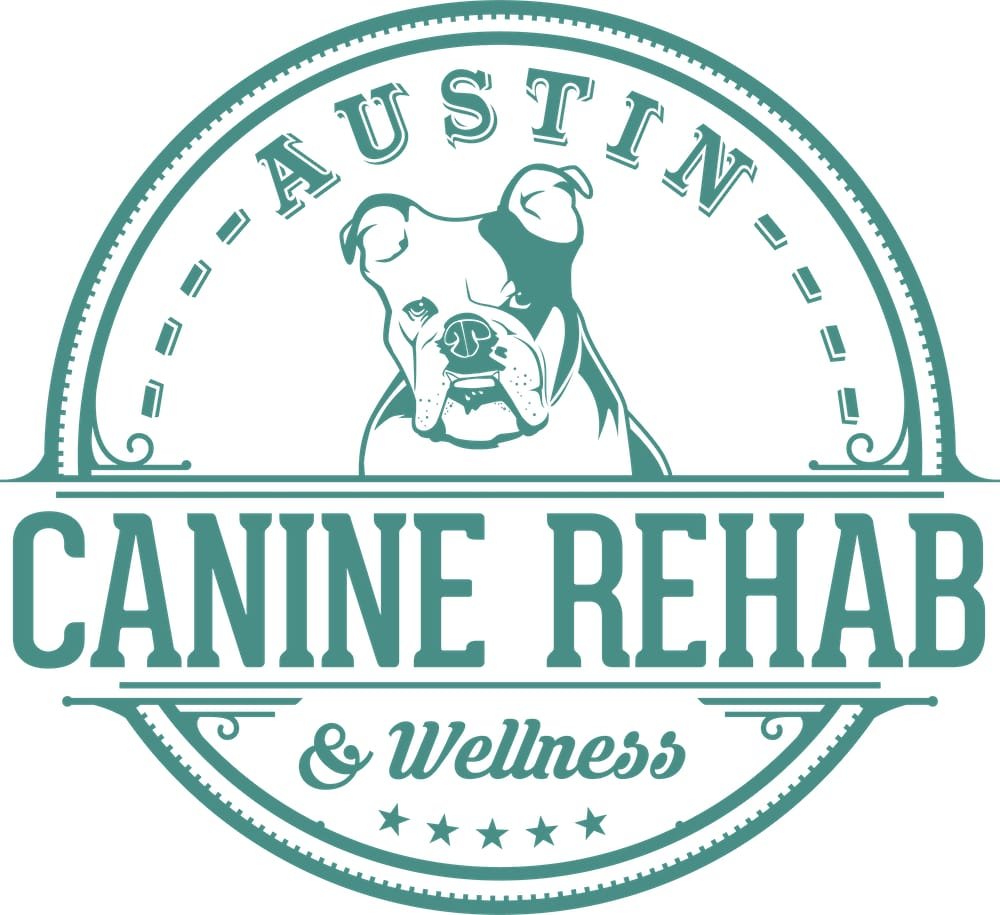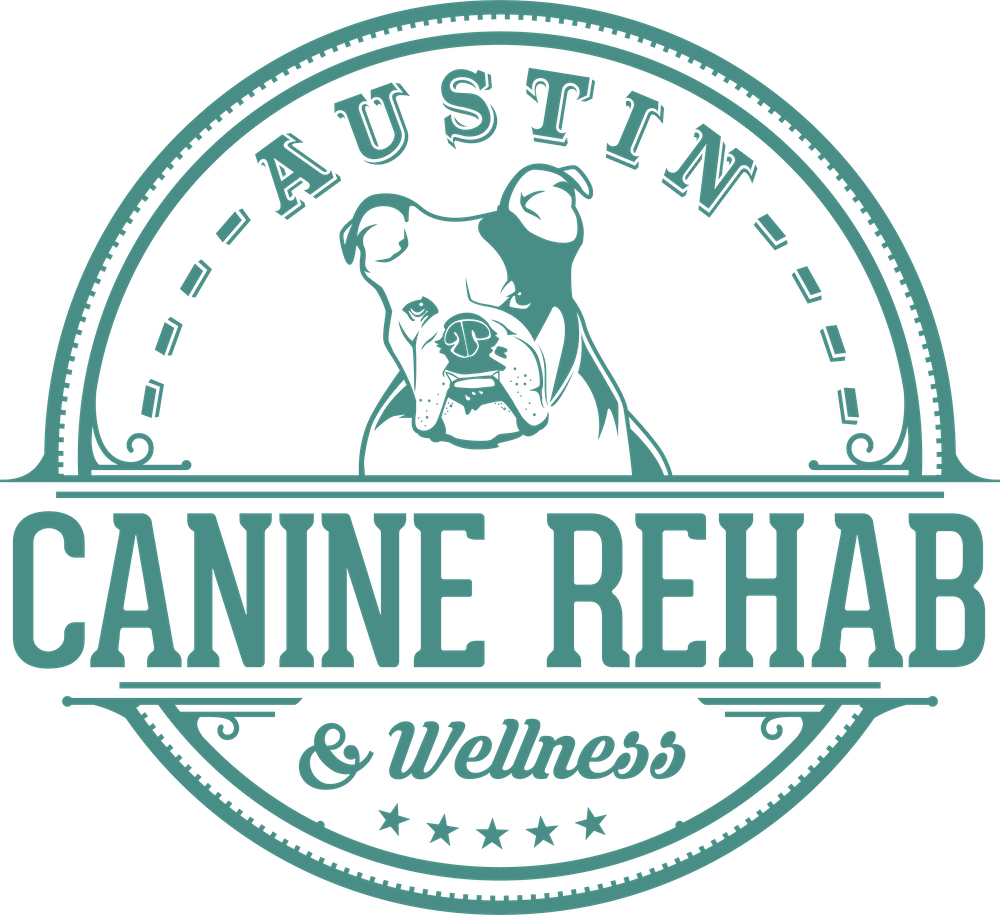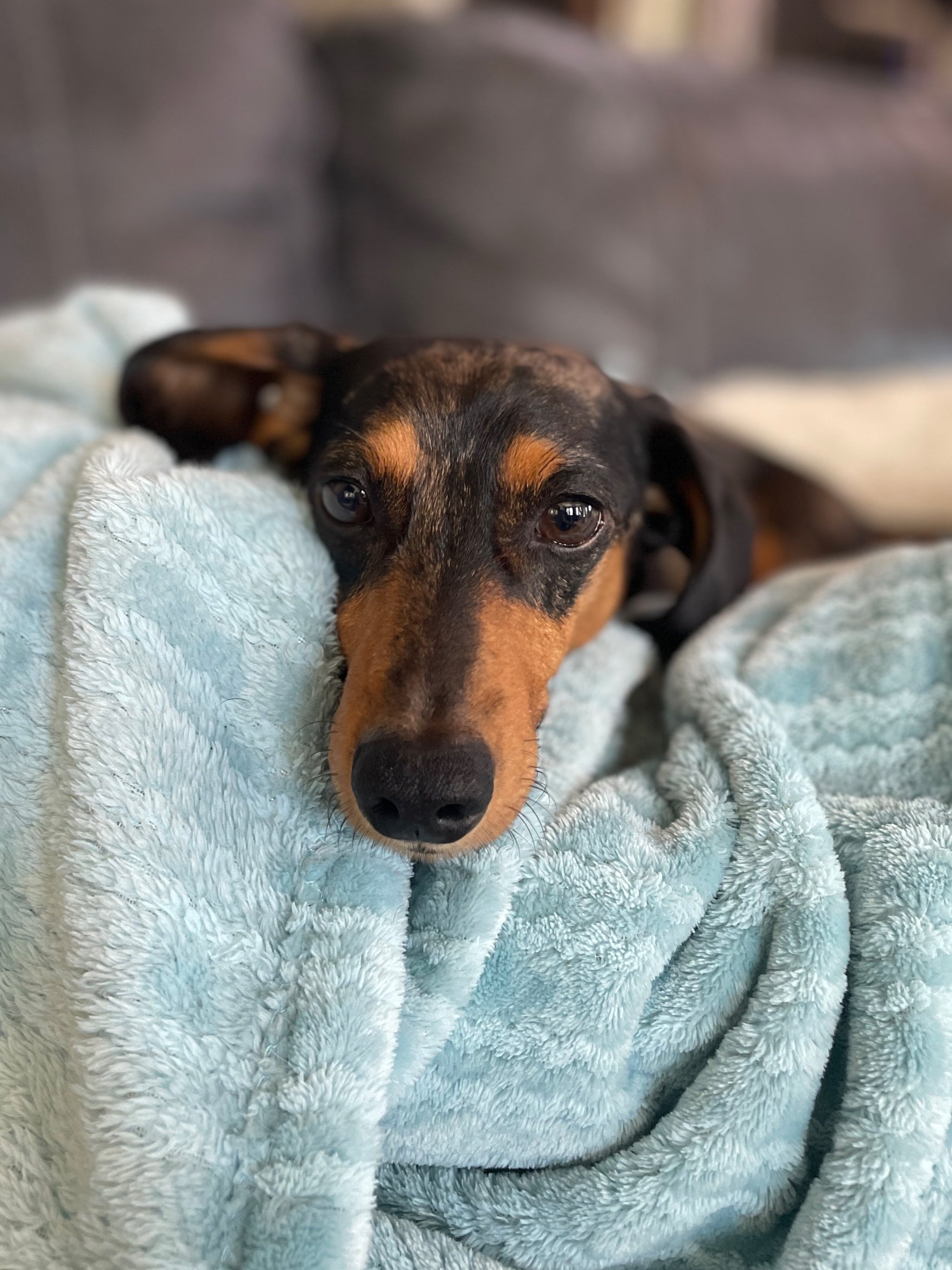
We specialize in helping SENIOR DOGS regain their independence & ability to explore Austin with their humans.
Intervertebral Disc Disease (IVDD)/Back Pain Treatment
Simply put, dealing with back pain is no fun. While it can be hard to relate to your dog in many areas of life, this is one place where humans can easily get on the same page with their pets – no one likes dealing with back issues and they can be as much of a struggle for pets as they can be for people.
We are talking here specifically about intervertebral disc disease, or IVDD. If your pet has been diagnosed with this condition by a vet, finding the right treatment options to alleviate the symptoms and get back to enjoying life once again is sure to be a top priority.
Understanding IVDD
As you would guess from the name, IVDD is a disc problem that can occur in your dog. It could be that the affected disc is completely ruptured, or it may be herniated or bulging. Whatever the case, your dog could be dealing with pain and an inability to move freely due to IVDD.
Without getting too deep into the scientific details, there are discs between the vertebrae in your dog’s back that offer cushioning and make moving around more comfortable than it would be otherwise. If those discs start to harden, damage can be done in a variety of ways.
Without getting too deep into the scientific details, there are discs between the vertebrae in your dog’s back that offer cushioning and make moving around more comfortable than it would be otherwise. If those discs start to harden, damage can be done in a variety of ways. The damage could be gradual, or it could happen dramatically when a disc ruptures during some type of physical activity. Depending on the severity of the issue, it could become hard for your dog to get around and make it through basic day-to-day activities.

Watch for These Signs
While it will ultimately be up to your veterinarian to diagnose IVDD in your dog, you can play a role in this process by paying attention to your dog’s health and noting any changes that you see.
If you notice some of the signs below, consider contacting your vet to explore the issue further –
Struggling to walk – it could even become impossible to walk in some cases
Shaking for no other obvious reason
Unsteady when standing up or other uncoordinated movements
Holding head lower than normal
As with most health conditions, the symptoms above can be attributed to many different types of issues, so you don’t want to jump to conclusions and just assume that IVDD is to blame. If you notice that something is wrong, the best thing you can do is take the pet to your vet for an exam and you can share your concerns at that time. The vet will be able to perform various tests to determine if IVDD or something else is to blame for the struggles that your dog is experiencing.
Considering IVDD Surgery
Spinal surgery may be recommended depending on the severity of the disease that is affecting the dog. Of course, having spinal surgery is a big deal, so this is not a decision to rush into without careful consideration. Talk to your vet about what the surgery recovery would look like and whether or not it will be possible to rehab successfully without going under the knife.
The key here is going to be the specifics of how the disc or discs have been damaged. If significant damage has occurred and your dog is struggling to walk, or can’t walk, the most likely case is that surgery will be needed to restore movement and create the possibility of a brighter future. However, if the IVDD is not particularly severe at this point, a rehab plan that is properly executed by a professional may be enough to deal with the problem.
The Benefits of IVDD Physical Rehab in Austin
Rehabilitation treatment is likely to play an important role in helping your dog deal with IVDD. This is true whether or not your dog undergoes surgery. In the case of surgery, rehab can help both prepare the pet for the operation and it can help by playing a prominent role in the recovery process. If surgery is not used at this time, rehab may be the primary mode of helping your dog feel better and regain movement that has been lost.
When working with a rehab provider like Austin Canine Rehab & Wellness, you can expect to have a customized plan created to address your dog’s needs while also respecting his or her limitations at the moment. Some of the specific goals for IVDD rehab will include improving strength and balance, improving mobility, restoring proper gait, and more. Many different types of exercises and pieces of equipment can be used to work towards these goals.
The importance of custom rehab plans cannot be emphasized enough in this process. A good rehab clinic is going to take the individual needs of the dog into consideration, paying close attention to the specifics of the diagnosis and the type of IVDD being managed. You want to make sure that any canine rehab business you work with is going to take the time to craft a custom solution and will then carefully implement that solution one appointment at a time until progress starts to show as a result of all the hard work your dog and the therapist have completed.
How Can We Serve You?
Thank you for taking the time to visit Austin Canine Rehab & Wellness. We are passionate about helping dogs throughout the Austin area enjoy optimal health, so they can keep up with their adventurous owners and experience as much of life as possible in this beautiful place. Whether your dog is dealing with IVDD or another issue that could benefit from rehabilitation treatment, we would be happy to help.




